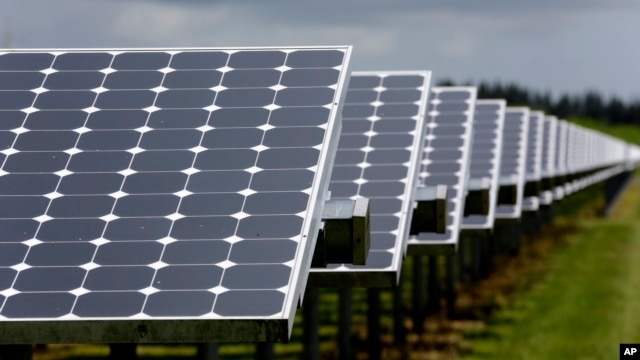- Aug 10, 2009
- 168,037
- 16,519
- 2,165
- Banned
- #1
You all should listen to me more often.
Listen to the likes of some on the Board and lose money quickly.
Crude Seen Falling to 50 in 2015 as OPEC Fails to Stem Glut - Bloomberg
If those does happen, recession time is here again for some; that will be bad in Russia and Iran; and I am curious to see if OPEC cuts production sales.
What will happen here in America is the question.
Listen to the likes of some on the Board and lose money quickly.
Crude Seen Falling to 50 in 2015 as OPEC Fails to Stem Glut - Bloomberg
If those does happen, recession time is here again for some; that will be bad in Russia and Iran; and I am curious to see if OPEC cuts production sales.
What will happen here in America is the question.




 Lighten up, it's going to be a great week.
Lighten up, it's going to be a great week.